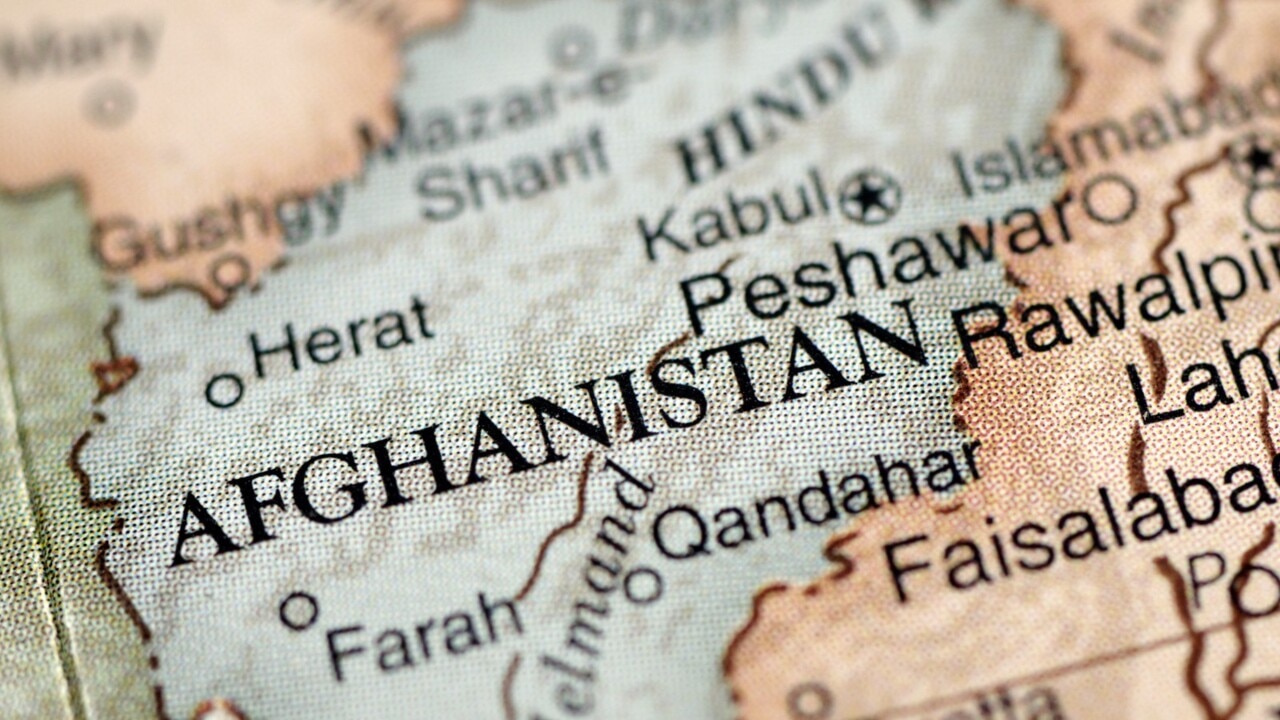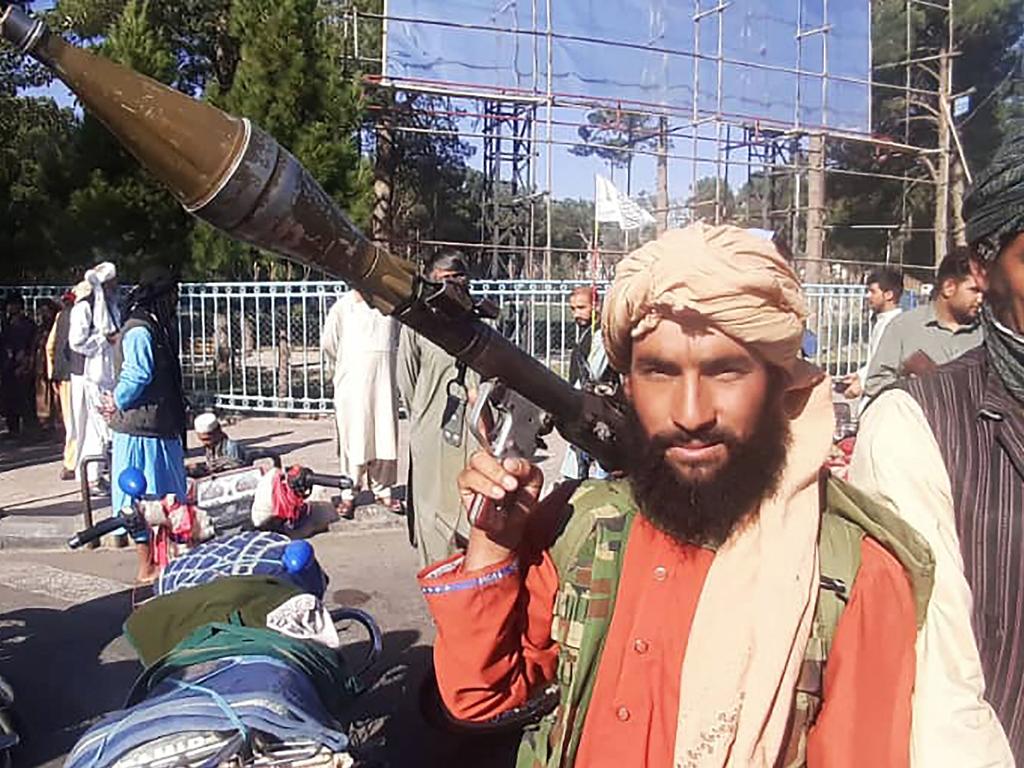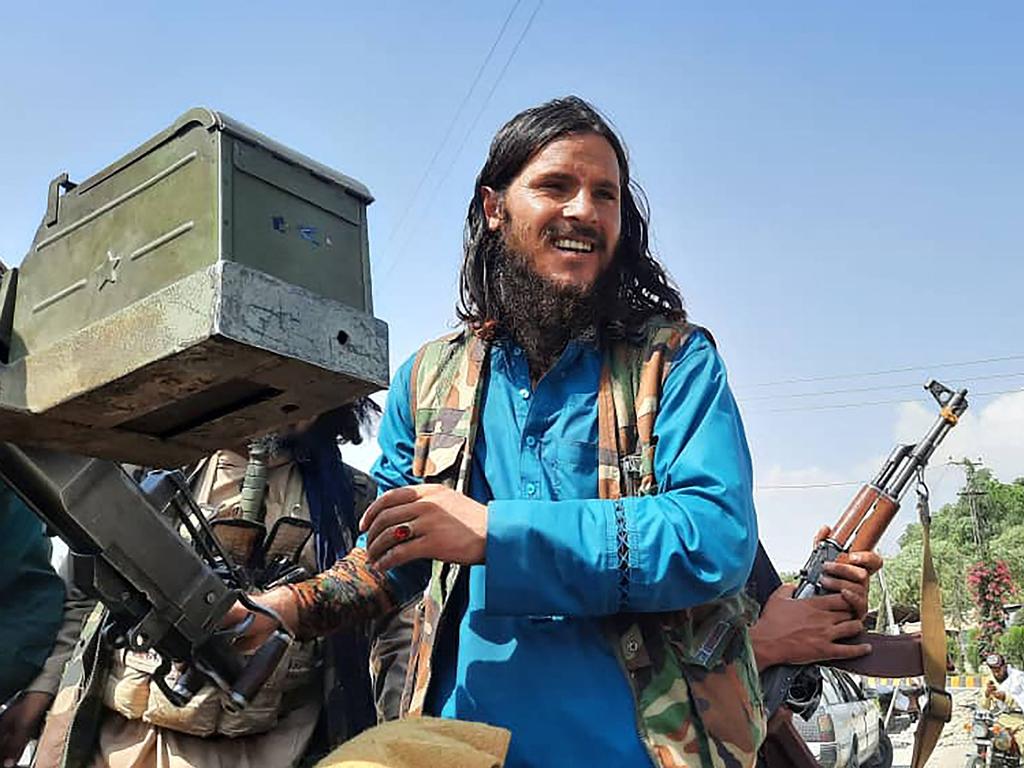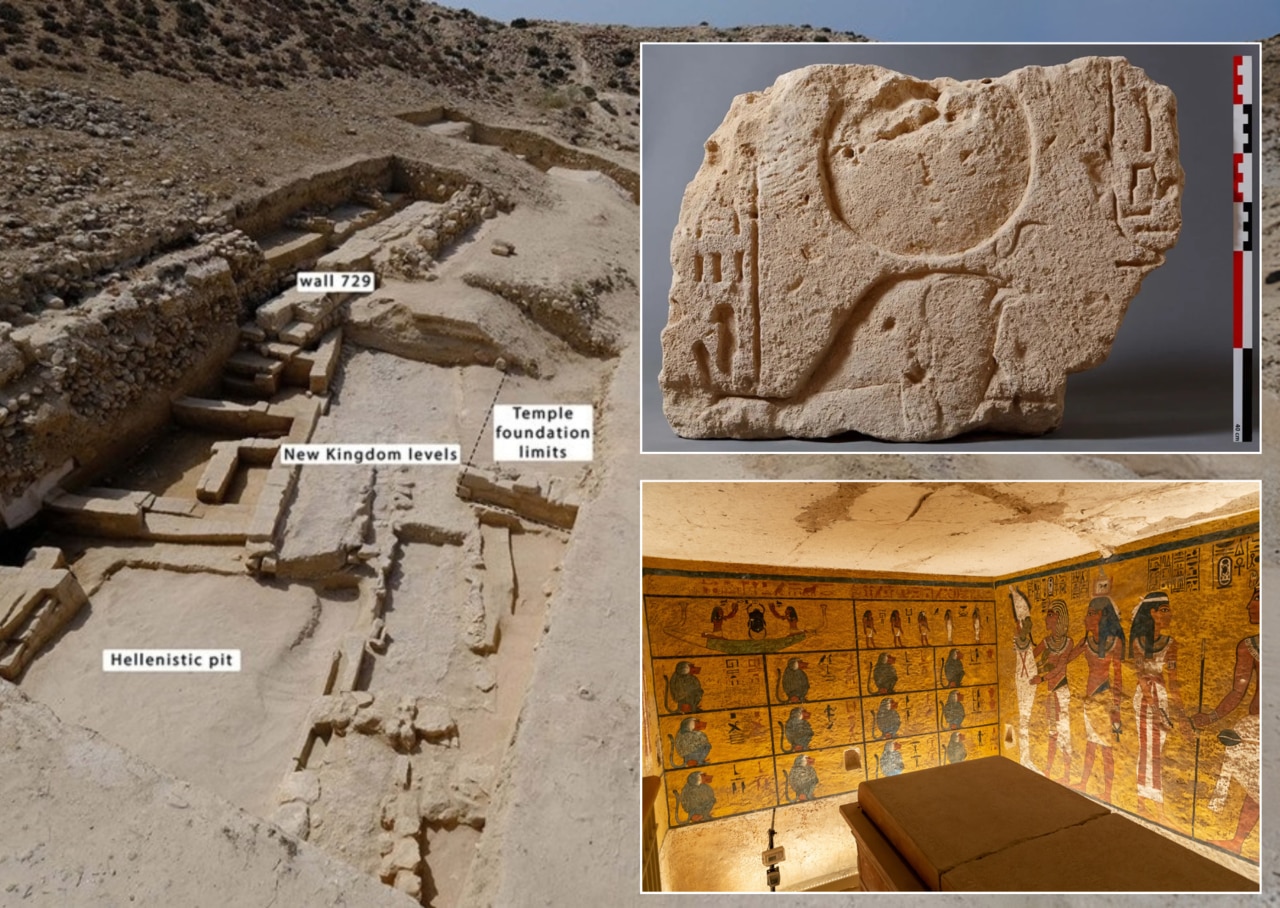Afghanistan war: How Taliban took control of nation after being ousted by the US in 2001
After 20 years of war, billions of dollars and countless lives lost, the Taliban has taken back Afghanistan after just weeks of insurgency.

After 20 years of war, billions of dollars and countless lives lost, it took the Taliban less than two weeks to seize control of Afghanistan again.
Government forces and the Afghan army collapsed without the support of the US military, which invaded in 2001 after the September 11 attacks and toppled the Taliban for its support of al-Qaeda.
The US ultimately failed to build a democratic government capable of withstanding the Taliban, despite spending $A113 billion and providing two decades of military support.
President Joe Biden was determined to withdraw all American troops by the end of this month, insisting there was no choice and he would not “pass this war” onto another president.
But the US administration was left shocked by the rapid collapse of the Afghan government.
Kabul was left completely isolated on Sunday after the insurgents overran the anti-Taliban northern stronghold of Mazar-i-Sharif and the eastern city of Jalalabad.
Like with most of the other captured cities, the seizure of power came after government forces surrendered or retreated.
Thousands of police and other government security forces abandoned their posts, uniforms, and even weapons on Sunday night as Taliban forces spread across the nation.
Reports suggested many army members had not been paid for months with the Taliban offering them a small amount of money to return to their home villages.
Taliban forces surrounded the capital on Sunday night, declaring victory today.

Who is the Taliban?
The Taliban is a militant group that first rose to international prominence in the 1990s.
The Taliban had been in power and governing Afghanistan since 1996 when the US declared war on the nation.
Two months after the US dropped its first bombs on Afghanistan, the Taliban was defeated and forced to flee Kabul on December 6, 2001.
Afghanistan held its first democratic election on October 9, 2004, with 70 per cent of the population turning out to vote.
The nation’s interim leader Hamid Karzai, appointed after the Taliban were thrown out in December 2001, won 55 per cent of the vote.
However as Afghanistan worked to establish a democratic government, the Taliban was regrouping.
The militant group joined forces in the south and the east, as well as across the border in Pakistan, and launched an insurgency.
Attacks continued to worsen until 2008, when the US command asked for more troops.
In 2010, the number of foreign troops in Afghanistan peaked at 100,000 in an attempt to quell the Taliban and Islamic State.
Ten years later, on February 29, 2020, the United States and the Taliban signed a historic deal in Doha, Qatar that promised all foreign forces would leave Afghanistan by May 2021.
This included an agreement from the Taliban that peace talks would be held with Kabul.
Peace talks started in September of that year but the Taliban continued to launch attacks and targeted assassinations.
Despite that, the withdrawal of troops continued.

How did the Taliban conquer Afghanistan so quickly?
On May 1, 2021 the United States and NATO started withdrawing their soldiers. That same month, American forces also withdrew from the Kandahar air base.
On July 2, Bagram air base — Afghanistan’s biggest, and the nerve centre of the US-led coalition’s operations — was handed over to Afghan forces.
President Joe Biden announced all US troops would be withdrawn by August 31, before the 20th anniversary of the 9/11 attacks.
The insurgents launched lightning attacks across Afghanistan, capturing vast stretches of the hinterland as the final foreign troops began their withdrawal.
The Taliban captured their first provincial capital, Zaranj in the southwest, on August 6.
Other major cities fell within days, including Kandahar and Herat — Afghanistan’s second and third biggest cities respectively.
Most of the north, west and south was under Taliban control by August 13.
The Pentagon said Kabul did not appear to face an “imminent threat”.
On August 15, the insurgents fully encircled the capital with the capture of Jalalabad in the east.
It left Kabul as the only city under government control.
Diplomatic missions scrambled to evacuate officials and local staff who feared reprisals from the Taliban.
Afghanistan President Ashraf Ghani fled the country, reportedly to Tajikistan, and the Taliban entered Kabul, eventually taking position in the presidential palace and declaring victory.

How is the Taliban linked to 9/11?
While al-Qaeda was responsible for the terrorist attacks against the US on September 11, 2001, the Taliban found itself in hot water when it agreed to shelter Osama bin Laden.
The Taliban government hid bin Laden and his al-Qaeda terrorist group.
Following the September 11 attacks that killed nearly 3000 people, US President George W. Bush launched his “war on terror”.
Air strikes were launched against Afghanistan on October 7, 2001 with the Taliban forced out of power two months later.
Osama bin Laden was killed on May 2, 2011 in a US special forces operation in Pakistan.
What’s next for Afghanistan?
In a video posted to social media, Taliban co-founder Abdul Ghani Baradar announced his movement’s victory.
“Now it’s time to test and prove, now we have to show that we can serve our nation and ensure security and comfort of life,” he said.
The Taliban has also declared “the war is over”.
“We have reached what we were seeking, the freedom of our country and the independence of our people,” a spokesman for the Taliban told Al Jazeera.
The spokesman said the Taliban did not think foreign forces would “repeat their failed experience in Afghanistan again”.
One of the Taliban’s top officials said the real test of governing would begin this week.
Mullah Abdul Ghani Baradar, who heads the Taliban’s political bureau, said in a video statement that the militant group was hoping to “meet the expectations” of Afghans and resolve their problems.
The Taliban ruled out a transitional government and said it plans to declare an “Islamic Emirate of Afghanistan” when it wins complete victory.
— with AFP




